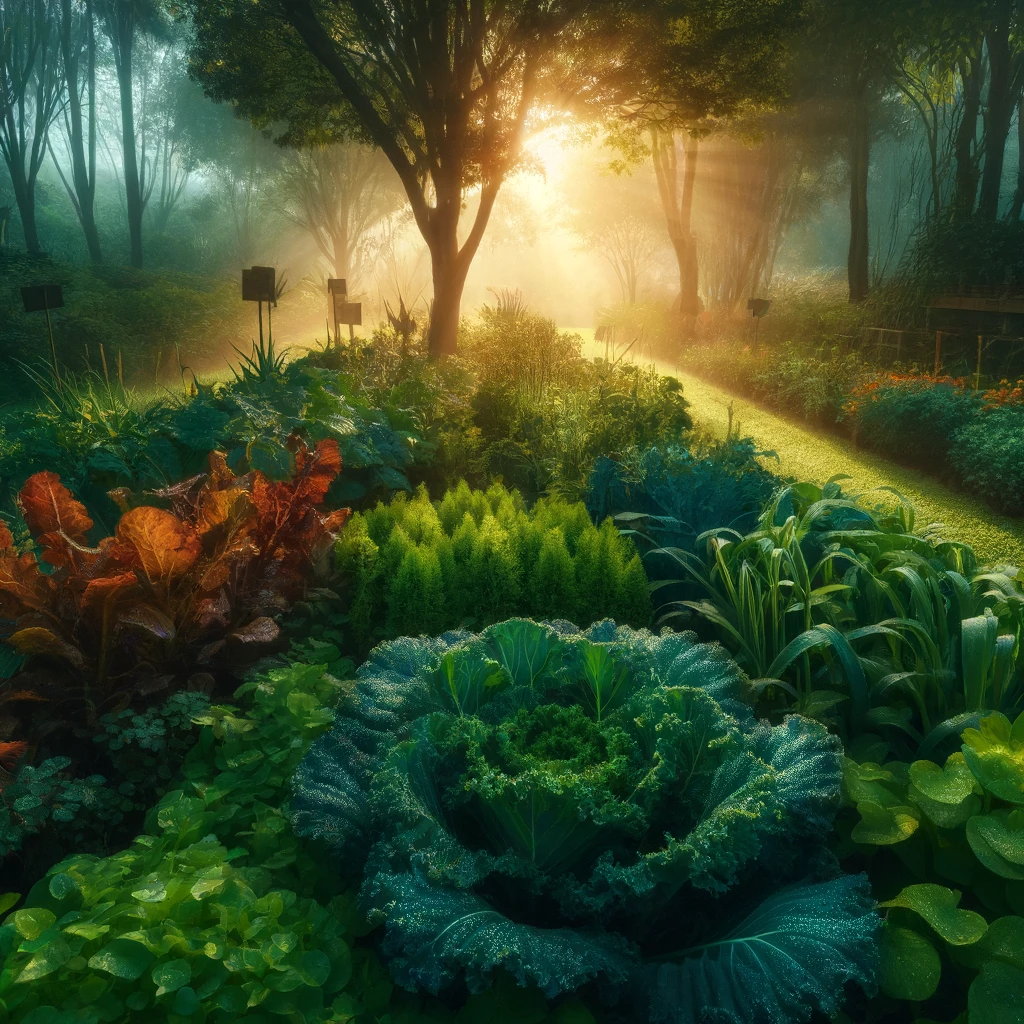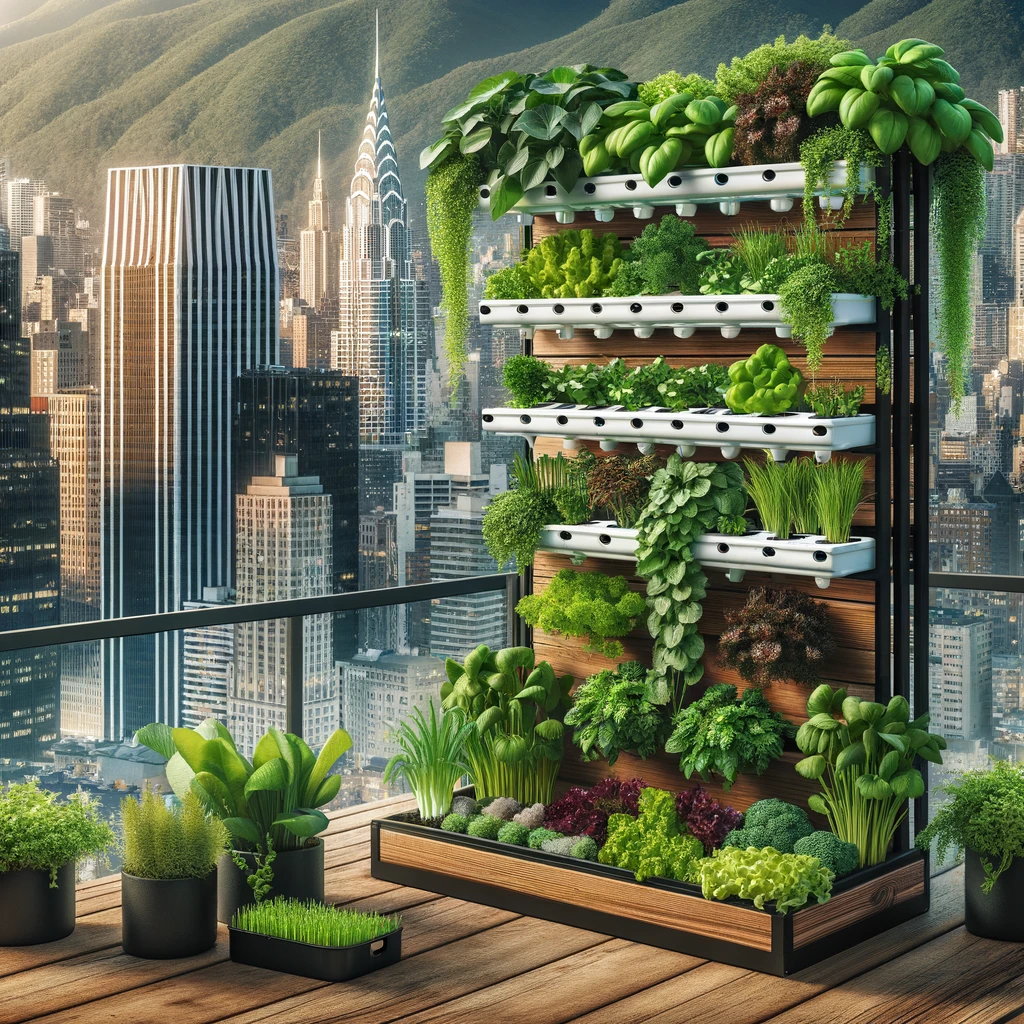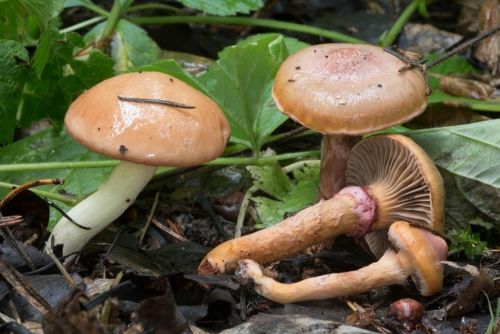Gardening Trends and Popular Plants in 2024

Gardening has always been a reflection of the times, an ever-evolving tapestry that weaves together strands of cultural shifts, technological progress, and a deep-seated human instinct to connect with the earth. In 2024, this tapestry is rich with the colors of innovation, environmental stewardship, and a collective yearning for wellness and community. The world of gardening is at a pivotal moment, capturing the essence of our contemporary lifestyle and aspirations. It mirrors our growing awareness of the planet's fragility, our hunger for a connection to nature amidst the digital saturation, and our pursuit of well-being through the simple act of planting and nurturing. This year, as we delve into the nuances of gardening trends and the plants that have captured our hearts, we're not just observing a hobby in transformation; we're witnessing a powerful statement about how we choose to live, care for our environment, and find joy and health in the soil and soul of gardening. As these trends unfold, they offer insights into broader societal movements and the shifting dynamics of human interaction with the natural world. From the integration of cutting-edge technology to the embrace of ancient regenerative practices, 2024's gardening scene is a vibrant expression of our times.
The Dawn of High-Tech Horticulture
The intersection of technology and gardening is blossoming, transforming the way we interact with our green spaces. Advanced technologies, once the domain of commercial agriculture, are now becoming accessible and tailored for the home gardener. Smart gardening tools, equipped with sensors, can monitor soil moisture levels, sunlight exposure, and nutrient needs in real-time, adjusting care schedules for optimal plant health. Apps and software platforms offer personalized gardening advice, leveraging data analytics and even AI to provide insights specific to your garden's conditions and your plants' needs. These digital aids are not just gadgets for convenience; they represent a shift towards precision gardening, where resources like water and fertilizers are used more efficiently, reducing waste and environmental impact. Moreover, these technologies democratize gardening knowledge, making it easier for novices to achieve success and for experienced gardeners to explore new horizons in plant care.
Regenerative Gardening: Healing the Earth One Garden at a Time
The sustainability trend in gardening has deepened into a broader commitment to regenerative practices that not only minimize harm but actively improve environmental health. Regenerative gardening focuses on techniques that restore soil health, enhance biodiversity, and rebuild ecosystems. Practices such as composting kitchen waste to enrich soil, adopting no-dig methods to preserve soil structure and microbial life, and integrating cover crops to prevent erosion and improve soil fertility are becoming more prevalent. Gardeners are also embracing rainwater harvesting and creating habitats for beneficial insects and wildlife, thereby supporting local ecosystems. This approach reflects a holistic understanding of gardening as part of a larger ecological network, with each garden acting as a potential site for environmental restoration.
From Ornamental to Edible: The Rise of Functional Landscapes
In 2024, the concept of edible landscaping is gaining ground, challenging traditional notions of what gardens should look like. As concerns about food security and the desire for fresh, organic produce grow, gardeners are weaving edible plants into their landscapes, not just for their yield but for their beauty. This trend is about blending form and function, where vegetables, herbs, and fruit trees are selected not only for their nutritional value but for their aesthetic appeal—think of rainbow chard with its vibrant stems or purple kale as a foliage plant. This shift is also seen in the popularity of permaculture, a design principle that mimics the patterns and relationships found in nature to create sustainable and self-sufficient gardens. By integrating edible plants with ornamental ones, creating polycultures that attract pollinators, and using natural pest control methods, gardeners are transforming their spaces into productive ecosystems that nourish both the body and the soul.

Urban Greening: Innovations in Small Space and Indoor Gardening
The challenges of urban living—limited space, lack of green areas—are being met with creative and innovative gardening solutions in 2024. Vertical gardening, for example, utilizes walls and fences to grow plants upward, maximizing limited ground space. Hydroponics and aquaponics systems, which grow plants in water rather than soil, are becoming more compact and user-friendly, making them ideal for indoor conditions. These systems not only allow for year-round gardening but also conserve water and eliminate the need for chemical fertilizers, making them a sustainable option for city dwellers. Indoor gardening, boosted by LED grow lights that mimic natural sunlight, is enabling people to cultivate everything from herbs and leafy greens to small fruiting plants like tomatoes and strawberries, regardless of outdoor space constraints. These innovations not only green our living spaces but also bring nature into our daily lives, with all the wellness benefits that come with caring for plants.
Gardening for the Mind, Body, and Spirit
The therapeutic benefits of gardening are being embraced as never before, with an increasing recognition of how tending to plants can nurture the gardener's own well-being. Gardens are being designed with mindfulness in mind, spaces where the visual, aromatic, and tactile qualities of plants create a sanctuary for relaxation and reflection. Plants like lavender, known for their calming scent, or the rustling sounds of ornamental grasses, provide a sensory experience that can reduce stress and promote mental health. Gardening activities themselves, from the simple act of planting seeds to the mindful practice of weeding, are being appreciated for their ability to keep us present and connected to the cycles of nature. Community gardens and therapeutic gardening programs are highlighting how shared gardening activities can build social connections and support mental health, demonstrating that the benefits of gardening extend beyond the individual to nurture communities.
Spotlight on the Stars of 2024's Gardens
As we explore the trends shaping gardening in 2024, certain plants have emerged as favorites for their beauty, utility, and ecological benefits:
Pollinator-Friendly Plants: Recognizing the vital role of pollinators in our ecosystems, gardeners are selecting plants like lavender, salvia, and bee balm for their ability to attract bees, butterflies, and other beneficial insects.
Native Plants: The move towards native plant gardening is driven by the desire to support local wildlife and reduce maintenance. Native wildflowers, grasses, and shrubs are being chosen for their adaptability and the role they play in local ecosystems.
Drought-Resistant Varieties: In response to increasing water scarcity, drought-resistant plants such as sedums, agaves, and ornamental grasses are valued for their resilience and low water needs.
Edible and Ornamental Combos: The blend of functionality and aesthetics is seen in the popularity of plants like ornamental kale and chard, which offer both visual appeal and culinary uses.
In 2024, gardening is more than a hobby; it's a reflection of our aspirations for a healthier planet, a sustainable lifestyle, and a deeper connection to the natural world. Through the trends and plants that are defining this year, we see a collective movement towards gardens that nourish, heal, and inspire.

In conclusion, the gardening trends and popular plants of 2024 are more than mere reflections of aesthetic preferences or horticultural innovations; they are manifestations of a deep, collective impulse towards creating more sustainable, healthy, and connected lives. Through the lens of gardening, we can see the broader aspirations of society—to heal the planet, to nurture our bodies and minds, and to forge connections that transcend the individual. As we cultivate our gardens, we are also cultivating a vision for the future, one that is rooted in respect for nature, community solidarity, and the pursuit of wellness. This year's gardening trends, from the technological advancements that bring us closer to understanding the intricate needs of our plants to the regenerative practices that promise a healthier earth, are milestones on this journey. The popularity of certain plants, with their unique benefits and beauty, underscores our diverse and evolving relationship with the natural world. Gardening in 2024 is a testament to the enduring human spirit's desire to interact with, learn from, and protect our environment. It's a reminder that in every seed planted, there's a hope for the future—a future that is greener, more resilient, and abundantly flourishing.
Check more articles on our blog

Understanding Soil pH for Thriving Plants

The Hidden World of Mycorrhiza: How Fungi Can Supercharge Your Garden

The Role of Beneficial Insects in Your Garden: Nature’s Pest Control
